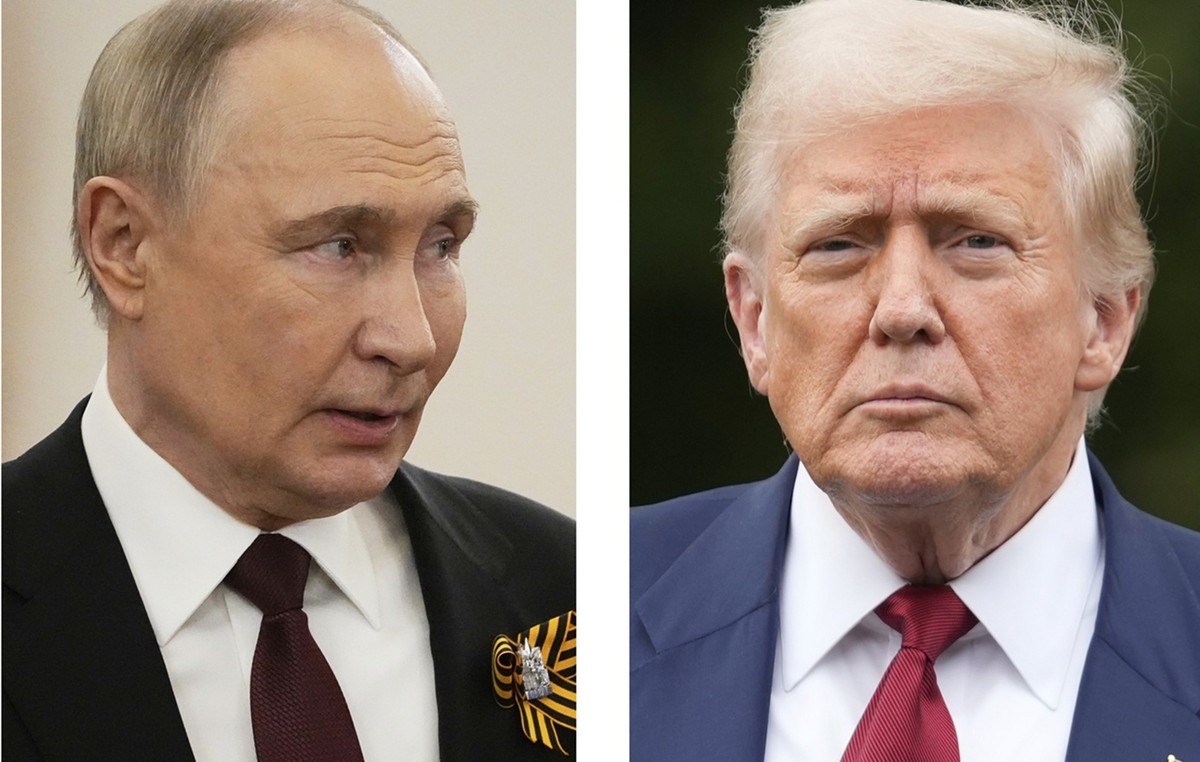- AUD/USD drops near 0.6600 on multiple headwinds.
- China’s poor economic outlook, falling iron ore prices and weak preliminary Judo Bank PMI have weighed heavily on the Australian dollar.
- The US Dollar will dance to the tune of the US PCE inflation report for June.
The AUD/USD pair extended its losing streak for an eighth trading session on Wednesday. The Australian asset remains on the bearish trajectory due to multiple headwinds. China’s weak economic outlook, falling base metal prices, and weak Judo Bank preliminary PMI have weighed heavily on the Australian Dollar (AUD).
The Australian Dollar has faced an intense sell-off due to China’s poor economic outlook. China’s second-quarter Gross Domestic Product (GDP) grew weaker than projected due to vulnerable demand from both the domestic and overseas markets. Concerns over the world’s second-largest economy’s GDP growth remaining sluggish deepened after a surprise rate-cut decision by the People’s Bank of China (PBoC) on Monday and the absence of any significant spending measures at the Third Plenum. Being a proxy for China’s economic outlook, the Australian Dollar has been battered in the recent trading sessions.
Meanwhile, China’s poor economic outlook has resulted in a sharp drop in base metal prices. Iron ore prices have hit their lowest level in three weeks. This has had a negative impact on the Australian dollar, with Australia being the largest exporter of the base metal in the world.
In early Asian trading hours on Wednesday, Judo Bank’s preliminary PMI report showed that the composite PMI fell to 50.2 from the previous release of 50.7. The manufacturing PMI improved slightly to 47.4 but contracted again. A figure below the 50.0 threshold is considered a contraction in manufacturing activities. The services PMI expanded at a slower pace to 50.8 from the previous release of 51.2.
The dismal market sentiment has also kept the pressure on the Australian asset. While the US Dollar (USD) is holding on to gains due to rising political uncertainty in the United States (US), the DXY Dollar Index is holding on to gains near 104.50.
This week, investors will focus on the Personal Consumption Expenditure (PCE) Price Index data for June, due out on Friday. The inflation gauge will indicate whether current market expectations that the Federal Reserve (Fed) will begin cutting interest rates as early as September are appropriate.
Australian Dollar FAQs
One of the most important factors for the Australian Dollar (AUD) is the level of interest rates set by the Reserve Bank of Australia (RBA). Since Australia is a resource-rich country, another key factor is the price of its largest export, iron ore. The health of the Chinese economy, its largest trading partner, is a factor, as is inflation in Australia, its growth rate and the Trade Balance. Market sentiment, i.e. whether investors are betting on riskier assets (risk-on) or seeking safe havens (risk-off), is also a factor, with risk-on being positive for the AUD.
The Reserve Bank of Australia (RBA) influences the Australian Dollar (AUD) by setting the level of interest rates that Australian banks can lend to each other. This influences the level of interest rates in the economy as a whole. The RBA’s main objective is to maintain a stable inflation rate of 2%-3% by adjusting interest rates up or down. Relatively high interest rates compared to other major central banks support the AUD, and the opposite for relatively low ones. The RBA can also use quantitative easing and tightening to influence credit conditions, with the former being negative for the AUD and the latter positive for the AUD.
China is Australia’s largest trading partner, so the health of the Chinese economy greatly influences the value of the Australian Dollar (AUD). When the Chinese economy is doing well, it buys more raw materials, goods and services from Australia, which increases demand for the AUD and drives up its value. The opposite occurs when the Chinese economy is not growing as fast as expected. Therefore, positive or negative surprises in Chinese growth data often have a direct impact on the Australian Dollar.
Iron ore is Australia’s largest export, worth $118 billion per year as of 2021 data, with China being its main destination. The price of iron ore can therefore be a driver of the Australian dollar. Typically, if the price of iron ore rises, the AUD rises as well, as aggregate demand for the currency increases. The opposite occurs when the price of iron ore falls. Higher iron ore prices also tend to lead to a higher probability of a positive trade balance for Australia, which is also positive for the AUD.
The trade balance, which is the difference between what a country earns from its exports and what it pays for its imports, is another factor that can influence the value of the Australian dollar. If Australia produces highly sought-after exports, its currency will gain value solely because of the excess demand created by foreign buyers wanting to purchase its exports versus what it spends on buying imports. Therefore, a positive net trade balance strengthens the AUD, with the opposite effect if the trade balance is negative.
Source: Fx Street
I am Joshua Winder, a senior-level journalist and editor at World Stock Market. I specialize in covering news related to the stock market and economic trends. With more than 8 years of experience in this field, I have become an expert in financial reporting.







